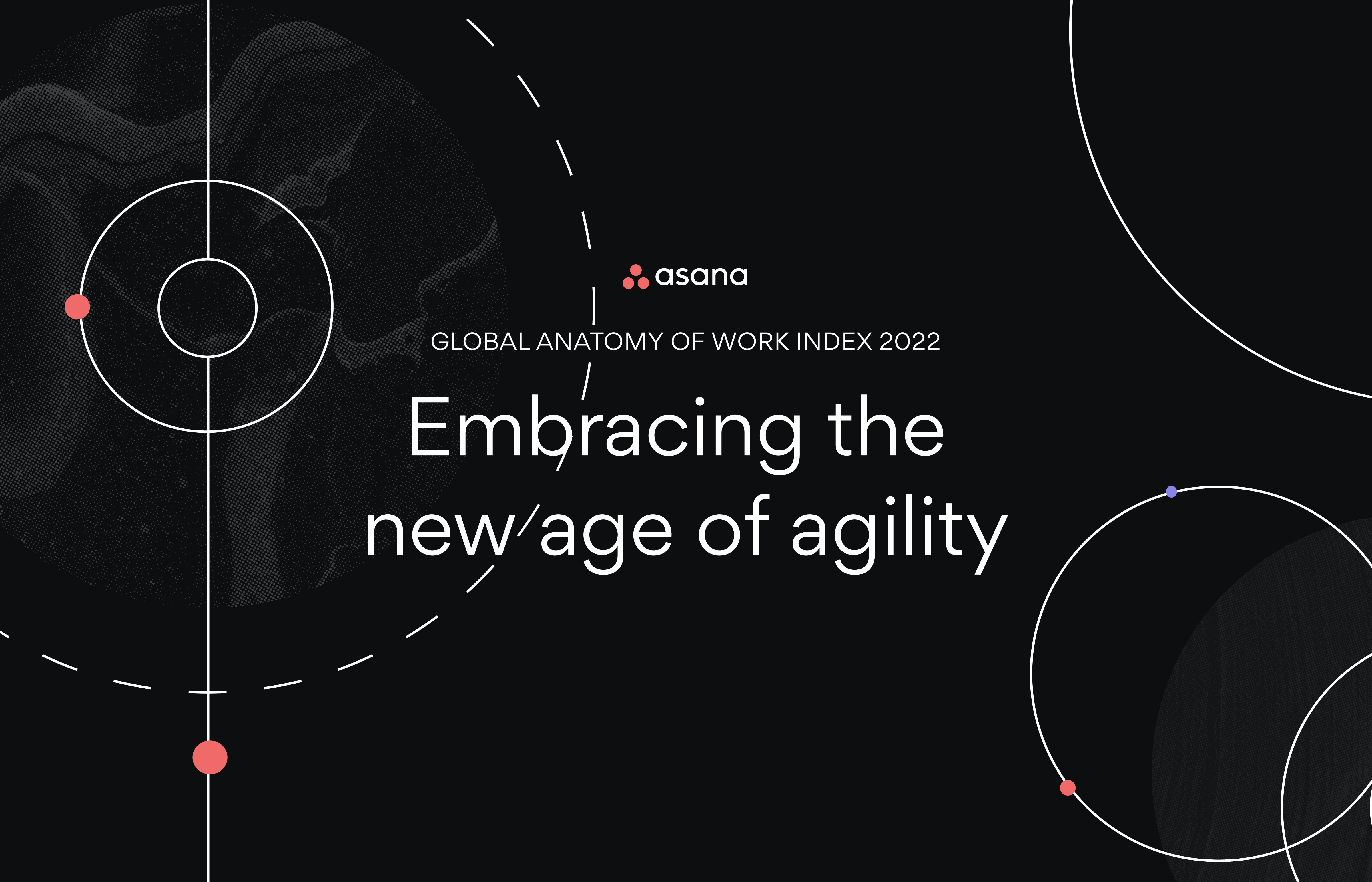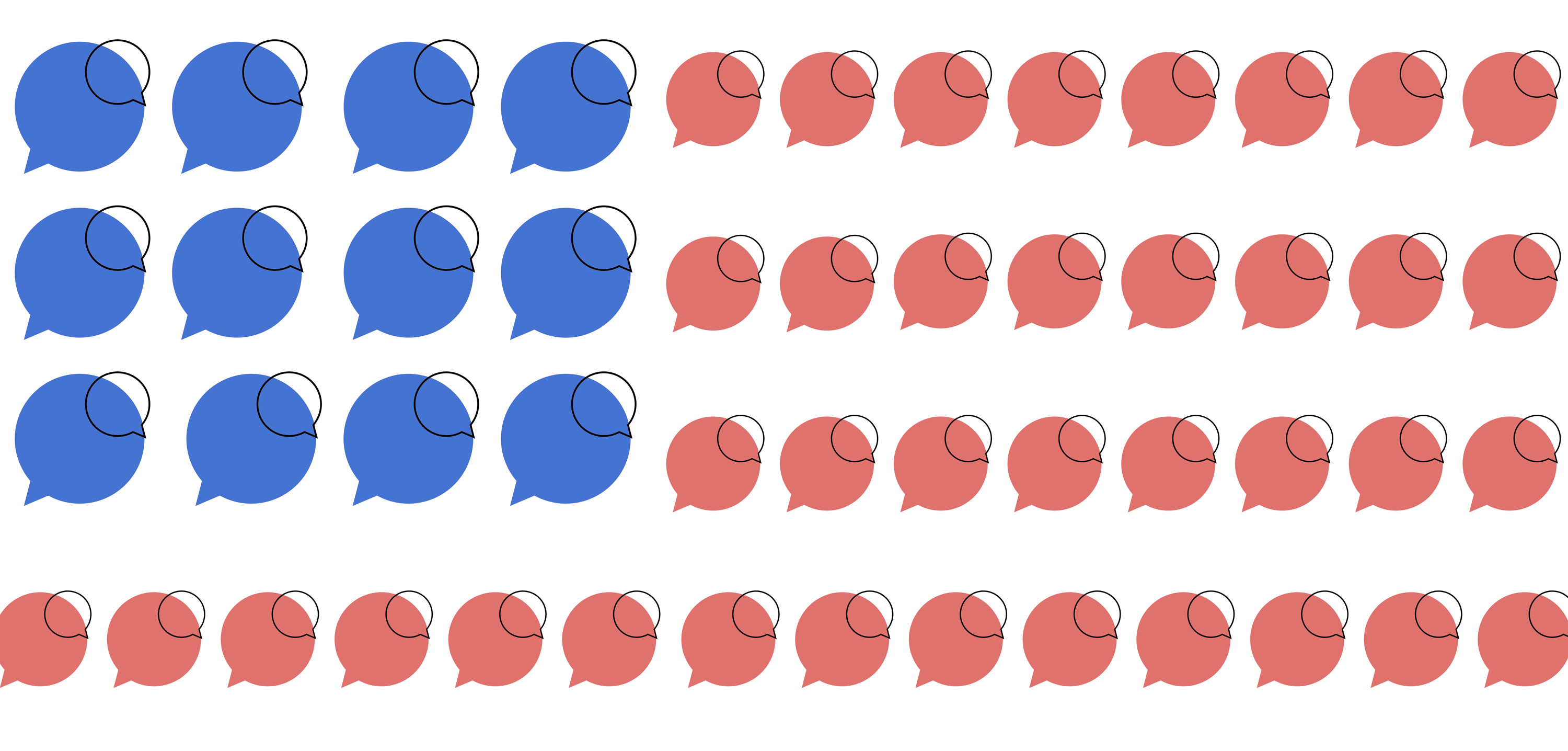Pandemic Paradigm Shift: Employees now spend 36% less time on strategy

Not all work is created equal—especially in our new, more agile work environment. Whether you’re an individual contributor, a manager, or a leader in the C-Suite, your day includes some mix of strategic work, skilled work, and “work about work.”
Read this article in French, German, Portuguese, Spanish, Traditional Chinese, Dutch, Korean, Swedish, Italian, Polish, or Japanese.
Our most recent annual Anatomy of Work Index study found that although employees continue to perform each of these three core types of work, how they engage in them has changed. Notably, employees spend 36% less time on strategic work than they did last year.
Understanding how work has changed—and why—is critical to determine how you and your teams can adapt effectively, and with agility.
Three types of work
Strategic work involves forward-looking planning, navigating ambiguity, identifying and aligning goals, and engaging your team. This is often the most cognitively taxing work that you do. At the same time, it’s also often the work that has the greatest impact on your and your team’s success.
Skilled work is the task-oriented work that you were hired to do—such as writing campaign briefs or building new web applications. To perform skilled work, you often draw on the formal or informal training you’ve had over the years.
Finally, work about work involves checking email, searching for information, and sitting in unproductive meetings. This is the work that doesn’t move the needle and takes away from the time you can spend on skilled and strategic work.
Work about work isn’t going away
Our Anatomy of Work Index found that work about work remains pervasive. For the past two years, we’ve found that 60% of workers’ time—which translates to an eye-popping three days per week—is spent on work about work. This year, with 58% of employees’ time spent on work about work, the amount of time zapped by this busywork is still too high.
In particular, we found that while the time employees spend in unnecessary meetings is down, the time they spend on email is up. More than one-third (38%) of employees are checking email more outside of working hours than they did last year. So although employees have made progress culling unnecessary meetings from their days, email is wreaking more havoc than ever before. Workers receive an average of 32 emails each day—which means that they are fielding an email, on average, every 15 minutes during an 8-hour workday.
The damage caused by work about work is also location agnostic. Remote workers and in-office workers are equally susceptible, suggesting that work about work is not so much a function of location as it is a function of how workers work.
Employees are spending more time on their individual talents
Whereas work about work has remained relatively constant over past years, we found that the time workers spend on skilled work has increased. Employees are spending 27% more time on skilled work than they did last year.
This encouraging uptick reflects the fact that employees believe they do their best skilled work at home, where they can more effectively concentrate and focus. The hybrid work arrangements that have become a mainstay of organizations over the past year are well-suited to support skilled work.
The benefits of more time spent on skilled work can be seen in different downstream impacts on work outcomes. Achieving more concentration and focus when working on skilled work outside of the office, employees are meeting more of their deadlines—now missing 15% of deadlines, compared to 26% last year. To be sure, spending less time in meetings has also helped employees meet more deadlines.
Time spent on strategic work is plummeting
Strategic work is a company’s most important work. Yet, employees are spending 36% less time on strategic work than they did last year. As the famous business principle “structure follows strategy” outlines, processes, routines, teams, and technology are all structured around an organization’s strategy.
Strategic work is difficult, in large part because it involves problem solving and tough tradeoffs—strategy is just as much about what you decide not to do as it is what you decide to do.
Taking a deep dive into this year’s Anatomy of Work Index, several factors shed light on why workers are spending less time on strategic work. First, whereas workers prefer to do skilled work at home, they prefer to do strategic work in the office—co-located with their colleagues and where they can engage in cross-functional and collaborative work sessions. Not being able to work from the office has stymied employees’ ability to perform this work.
Second, until organizations make meaningful progress in reducing work about work, strategic work will continue to suffer. Work about work is a dangerous tax on employees’ time and keeps them from performing high-impact strategic work. It also leads to burnout—so much so that 40% of employees now see burnout as an inevitable part of success. Quite the opposite, burnout cripples our cognitive wherewithal to engage in strategic work.
Third, organizations still don’t have the plumbing in place to most effectively support strategic work. Decision making is slow, work is duplicative, and knowledge is buried in different silos. Organizations need to improve their work processes and future-proof them for today and tomorrow’s new dynamic and hybrid workplace. The payoffs can be enormous—employees estimate that they would save about an hour a day just by improving work processes.
The new era of agility
The workplace has changed in important ways over the past year. Workers still perform the same core types of work—skilled work, strategic work, and work about work—that they did a year ago, but how they engage in this work has changed.
Reflecting on where organizations are today, there are bright spots—such as less time spent in meetings and more time spent on skilled work—but there are also alarm bells ringing. By minimizing work about work, improving processes, and combating burnout—and especially the false perception that burnout is a necessary precursor to success—organizations can set their employees up for success.
This year’s Anatomy of Work Index is packed with many other insights into the monumental shifts that have happened in the workplace over the past year. Check out the full report here for more critical knowledge into how organizations can meet their changing workplace dynamics with agility.

